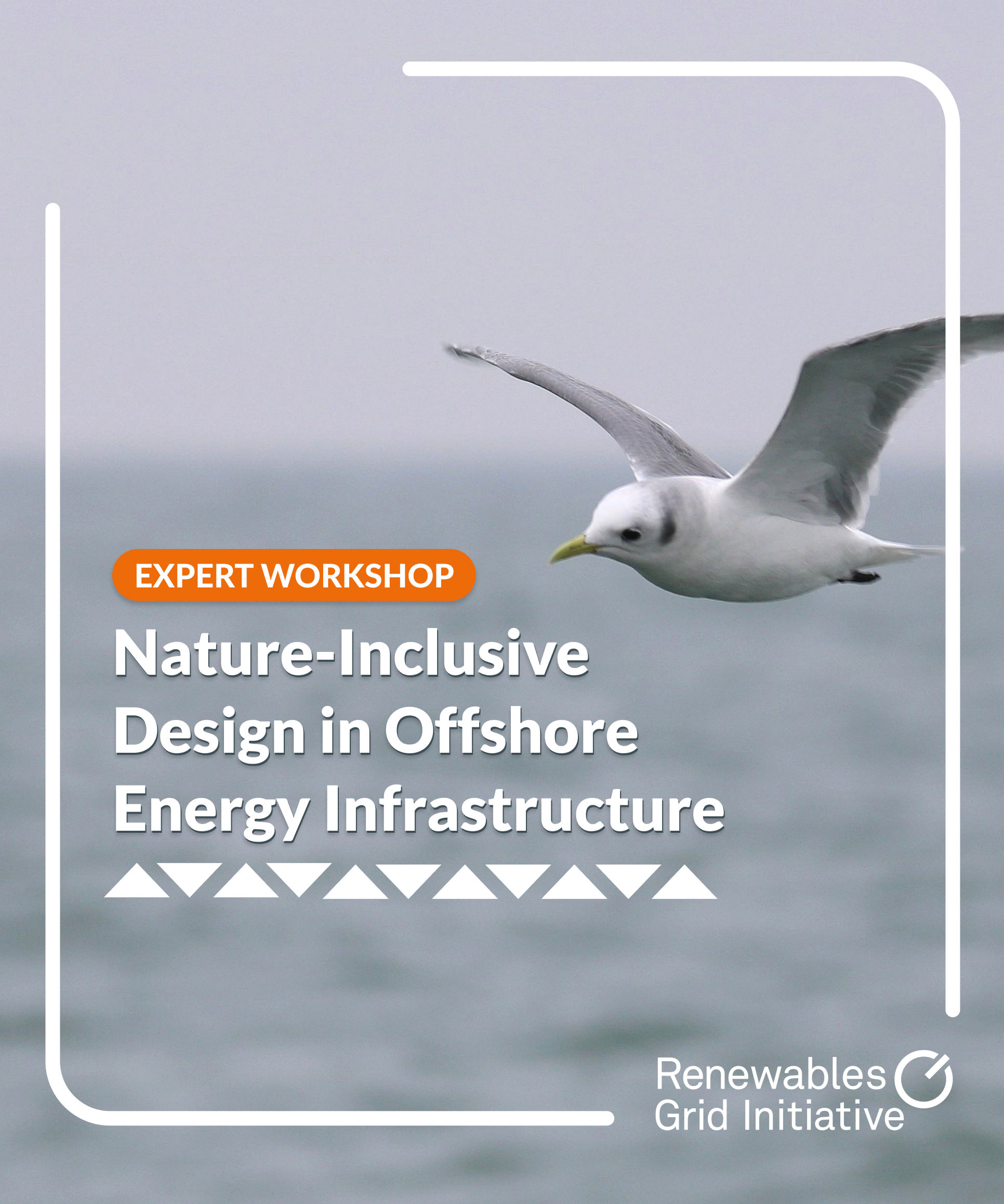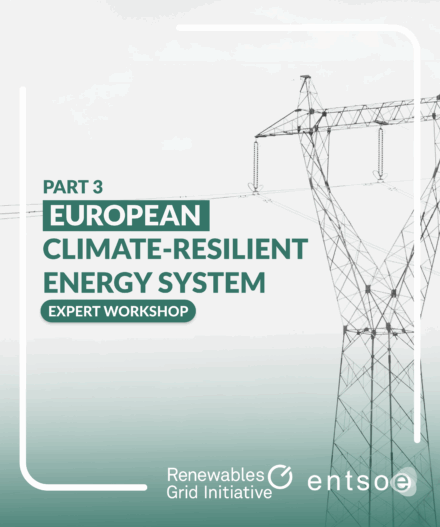Our first Energy & Nature webinar took a deep-dive into the intersection of energy infrastructure and biodiversity with a focus on how the grid can help to restore fragmented ecosystems.
Introduction
Restoring natural biodiversity in Europe, as per the EU’s 2030 Biodiversity Strategy and upcoming Restoration Law, will require a multitude of measures to reconnect ecosystems and reverse habitat degradation. The quickening pace of the twin climate and biodiversity crises oblige actors from all sectors – including the energy sector – to consider how they can contribute.
Vegetation management is a core activity in infrastructure maintenance. In the case of the electricity grid, grid operators must intervene in order to prevent a tree from touching a power line and potentially causing a black-out. By carrying out this necessary intervention with nature in mind, via a process known as Integrated Vegetation Management (IVM), grid operators have a unique opportunity to restore natural networks and enhance biodiversity.
How so?
Due to alterations in light distribution and microclimate, research has shown that grid corridors can support more plant species than their neighbouring forests. Furthermore, by taking steps to create, diversify and restore existing habitats, the spaces underneath power lines can become havens for local biodiversity and reconnect fragmented ecosystems. Thus grid operators, working together with local communities and stakeholders on the ground, can transform power lines into truly green corridors.
To kick-off RGI’s Energy & Nature webinar series, we invited experts working at the intersection of energy infrastructure and biodiversity to discuss the potential of grid corridors to reconnect nature’s networks and enhance biodiversity:
Dr. Miguel Ferrer
Research Professor | Doñana Biological Station of the Spanish National Research Council (CSIC)
At the webinar, Miguel will discuss his 2021 research “Transporting Biodiversity Using Transmission Power Lines as Stepping-Stones?”, which demonstrated the potential of pylons to support a range of species and reconnect disparate populations.
Jean-François Godeau
Research and Development Scientist | Ecofirst
Jean-François is an expert on ‘green corridors’ and data driven biodiversity analysis and was integral to the LIFE-Elia-RTE project “Creating green corridors under overhead lines”, 2011-2017.
Michael Wahl
Project Manager for Environmental Route Management (ÖTM) Rollout | E.ON/WestNetz
Michael is responsible for scaling up integrated vegetation management across all of E.ON’s grid in order to harness the restorative power of the grid and strengthen nature networks.
Recording & video
Presentations
contact
Manon Thiel
manon[at]renewables-grid.euManager – Energy and Nature


Funded by the European Union. Views and opinions expressed are however those of the author only and do not necessarily reflect those of the EU or LIFE Programme. Neither the EU nor the granting authority can be held responsible for them.

















